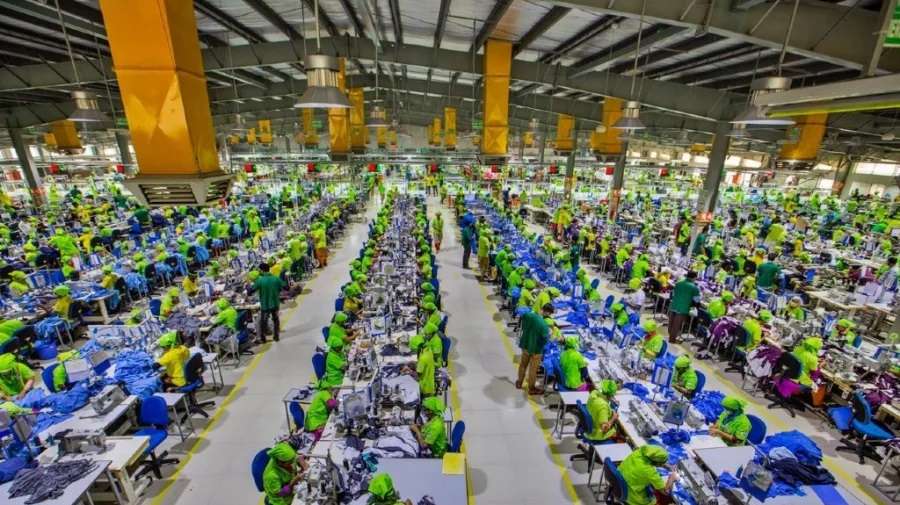"Hennes & Mauritz AB recently set the next milestone with a pledge to use only recycled or green materials in its products by 2030. Crafted in 2016, Sustainability Report, H&M will work towards reducing greenhouse gas emissions, aiming to be climate positive throughout its entire value chain by 2040. The retailer has been on green initiatives spree for quite sometime now and there’s no looking back. In the same vein, Inditex also unveiled a major program last year, including the development of new textile fibers and a wide-scale domestic recycling project."

Hennes & Mauritz AB recently set the next milestone with a pledge to use only recycled or green materials in its products by 2030. Crafted in 2016, Sustainability Report, H&M will work towards reducing greenhouse gas emissions, aiming to be climate positive throughout its entire value chain by 2040. The retailer has been on green initiatives spree for quite sometime now and there’s no looking back. In the same vein, Inditex also unveiled a major program last year, including the development of new textile fibers and a wide-scale domestic recycling project.
H&M’s long route to meet sustainability standards

H&M launched the Conscious Collection in 2011, using sustainable materials such as organic cotton, organic linen, Tencel and recycled polyester. This was followed by a garment collection program that allows customers to drop off used clothing at its stores in 2013. According to Anna Gedda, Head–Sustainability, H&M, interest in sustainability is increasing all over, from customers to shareholders to other brands and other actors within the industry and the efforts have been appreciable. Environmental group Greenpeace has rated H&M and Inditex among the front-runners in its ‘Detox My Fashion’ campaign. Together with Benetton, they were awarded ‘avant-garde’ status last year for their progress toward the goal of eliminating hazardous chemicals from the manufacture of clothes by 2020.
H&M reported that recycled and other sustainably sourced materials accounted for 26 per cent of the textiles used in its products last year. But Gedda said supply of sustainable materials was insufficient for future industry needs. There is a need to expand and scale up more sustainable cotton cultivation that takes place today, both including organic but also better cotton, and then invest in a lot more innovation. For example, making new products out of old ones is done on a limited scale. Companies can do it with denim but because the fiber is so delicate, they need to blend in new material as well. In future, H&M only wants to use old fibers, Gedda explained.
To keep up with sustainable practices, H&M has been meeting entrepreneurs developing technology concepts that make the clothing industry more sustainable. H&M has so far collected 39,000 tons of unwanted textiles through its stores, equivalent to 196 million T-shirts, according to Gedda. By 2020, it aims to collect at least 25,000 tonne of textiles every year, up from 16,000 in 2016. Becoming 100 percent circular, of course, involves more than just materials: It involves how the products are designed, how the material is processed and also how the product is used by the consumer and what happens with the material afterwards, she added.
Setting site on climate goals
To achieve its climate goal, H&M will focus on energy efficiency, renewable energy and compensating for unavoidable emissions with efforts to boost the planet’s climate resilience and support so-called carbon sinks, projects such as forests that capture carbon or other global-warming pollutants from the atmosphere. The company also pledged to switch to 100 per cent renewable electricity. Last year, 96 per cent of its global electricity in its own operations came from renewable sources, up from 78 per cent in 2015. H&M is not passing on the extra cost of more sustainable materials to its customers. The company has been working with organic cotton for a really long time, and that extra price is not paid by the consumer but by the company. For H&M, it is simply an investment in the product and what customers expect from the company, said Gedda.












